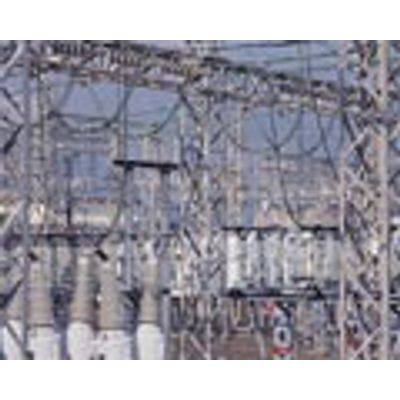
- Home
- Companies
- European Environment Agency (EEA)
- Articles
- Air pollution from ...

Air pollution from electricity-generating large combustion plants
Scope of this study
This study quantifies what the emissions reduction of two important acidifying pollutants — sulphur dioxide (SO2) and nitrogen oxides (NOX) — would have been at an EU scale in 2004, had the large combustion plants BREF best available techniques and associated emission levels been applied in electricity-generating large combustion plants included in the study.
Several issues have not been considered to be within the scope of the study. These include consideration of ongoing changes that have occurred in the sector since 2004 (e.g., changes to plant fuel mixes; replacement of old plants with newer, more efficient and cleaner plants; operational changes with respect to plant use as peak or baseload generators; changes in emissions due to start-up/shut-down procedures; evolution in abatement equipment along with general economic growth).
The emission reductions that can be achieved in practice due to the implementation of IPPC legislation (even if not considering such factors as fuel mix changes, closures or economic growth) are therefore not necessarily the same as those indicated by this study. Hence no conclusions concerning compliance with legal requirements should be drawn. Rather the study may be viewed as a `what‑if` study that aims to quantify the potential emission reductions that are achievable by implementing the techniques presently identified in the large combustion plants BREF as best available techniques in the large combustion plants sector as it operated in 2004.
